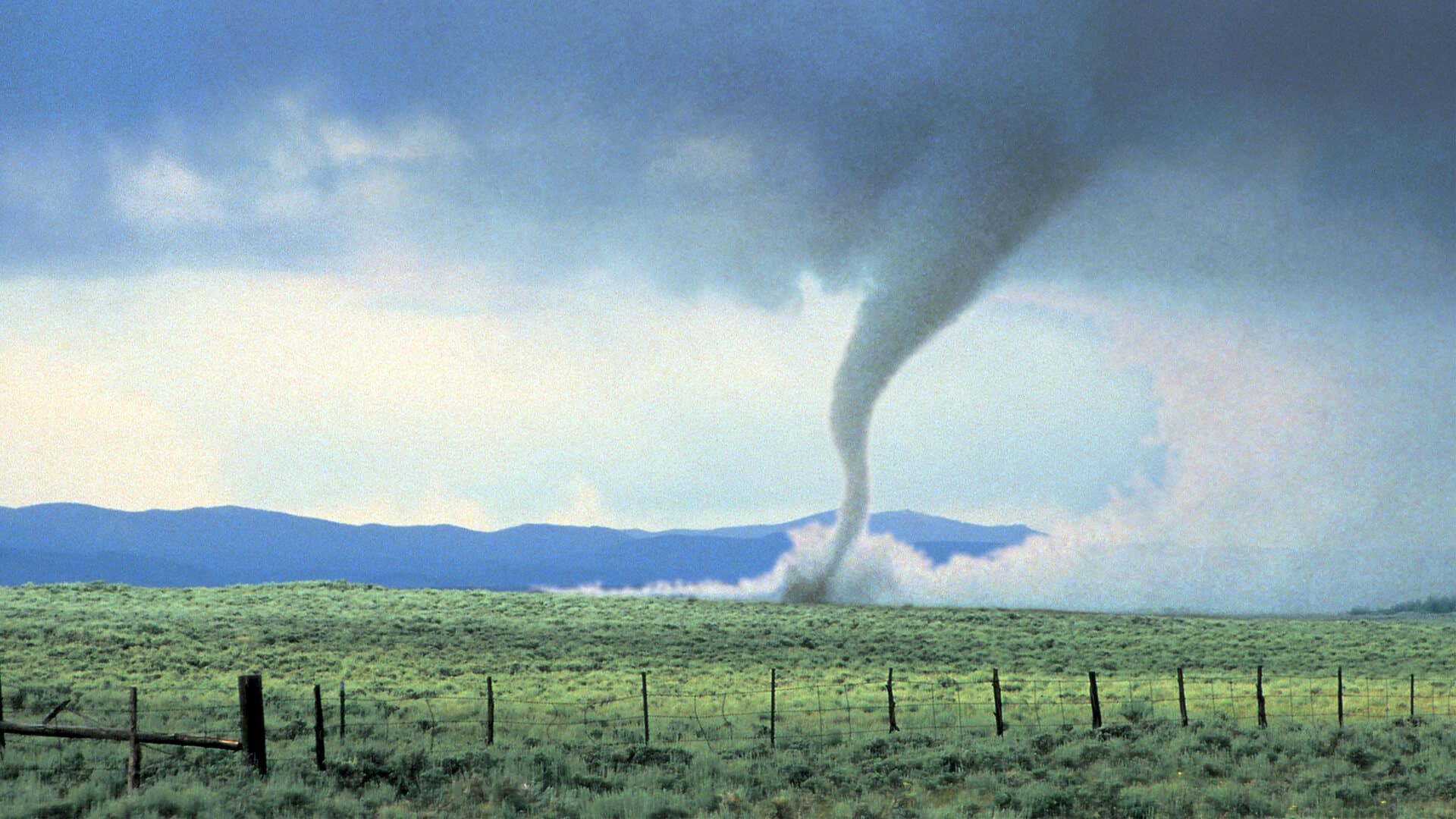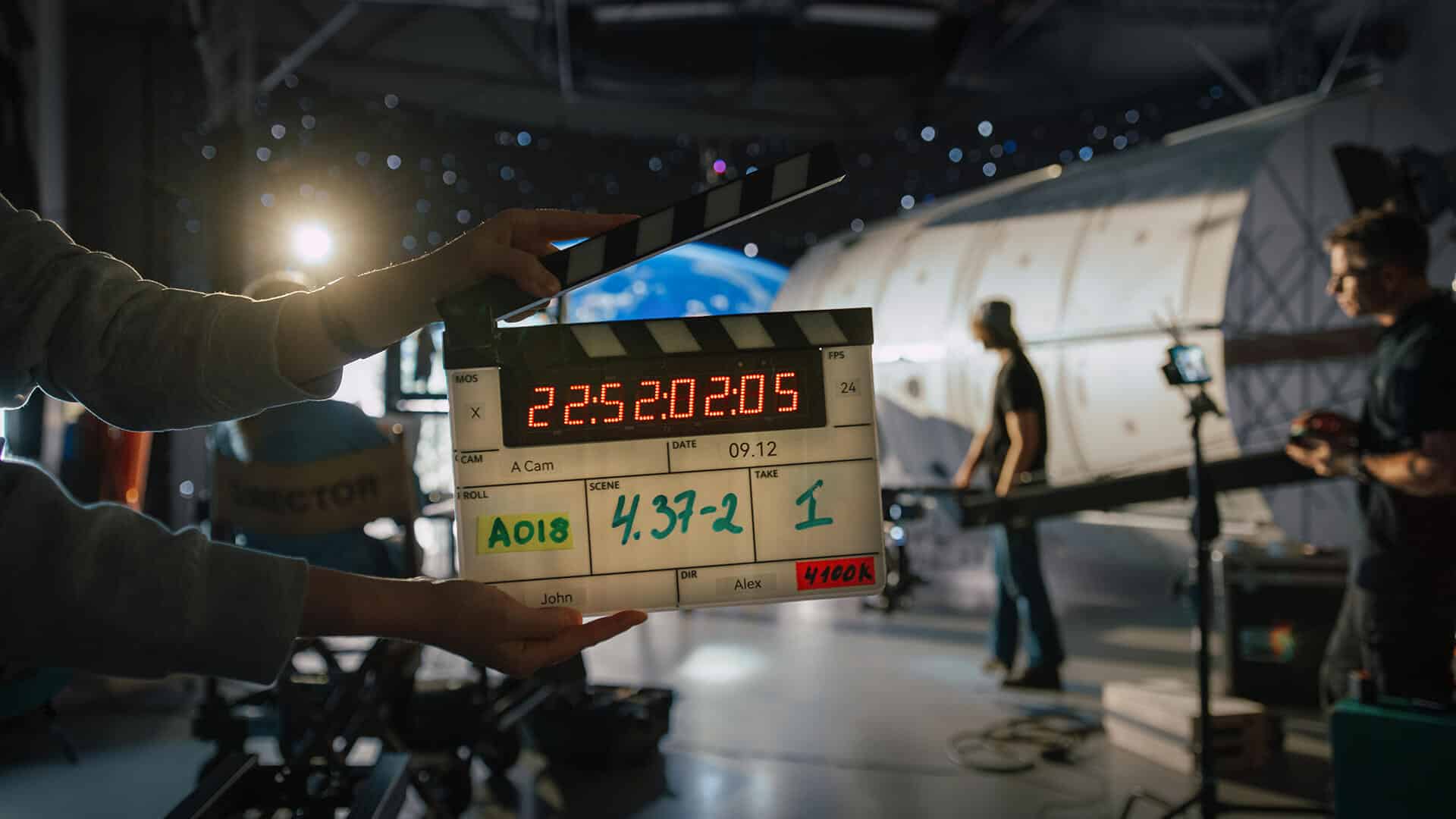Astronomers have recently unearthed the earliest evidence yet of two galaxies merging, along with their colossal black holes, just 740 million years after the Big Bang. This groundbreaking discovery was detailed last week in the journal Monthly Notices of the Royal Astronomical Society. Thanks to the James Webb Space Telescope, researchers managed to peer back an astonishing 13 billion years to witness this cosmic event, deepening our understanding of how early universe black holes swelled to such gigantic proportions.
“Our findings suggest that merging is an important route through which black holes can rapidly grow, even at cosmic dawn.” Hannah Übler, a researcher at the University of Cambridge in England explained in a statement released by the European Space Agency. “Together with other Webb findings of active, massive black holes in the distant universe, our results also show that massive black holes have been shaping the evolution of galaxies from the very beginning.”
The origins of these giant black holes, which have masses millions or billions of times that of our sun, are still shrouded in mystery, according to NASA. The dense cosmic entities exert such a powerful gravitational pull that nothing, not even light, can escape. Nearly every large galaxy hosts a supermassive black hole at its center.
Recent Webb telescope observations have revealed a multitude of black holes that achieved staggering sizes within the first billion years of the universe’s existence. In January, astronomers stumbled upon the oldest known black hole, which turned out to be much larger than anticipated, indicating that it either started off surprisingly large or grew at an incredible rate.
The research points to several possible origins for these early black holes, including the collapse of ancient gas clouds, the remnants of massive early stars, and the amalgamation of stars and smaller black holes. Although the notion of black holes merging to form larger entities was once only weakly supported, this latest research provides much firmer evidence.
The focus of this particular study was a system known as ZS7, where researchers detected two black holes. Their presence was indicated by very dense, fast-moving gas in the vicinity and hot, highly ionized gas lit up by radiation typically emitted by black holes as they gather mass. The mass of one of these black holes was measured at 50 million times that of our sun. Researchers believe the second black hole is similarly massive, although its exact size couldn’t be determined due to obstructive dense gas.
Looking ahead, the future launch of gravitational wave observatories like the Laser Interferometer Space Antenna, slated for the mid-2030s, promises even more exciting discoveries. These observatories will help scientists measure the ripples in spacetime created by ancient galaxy mergers, offering further insights into the dynamic early universe.











